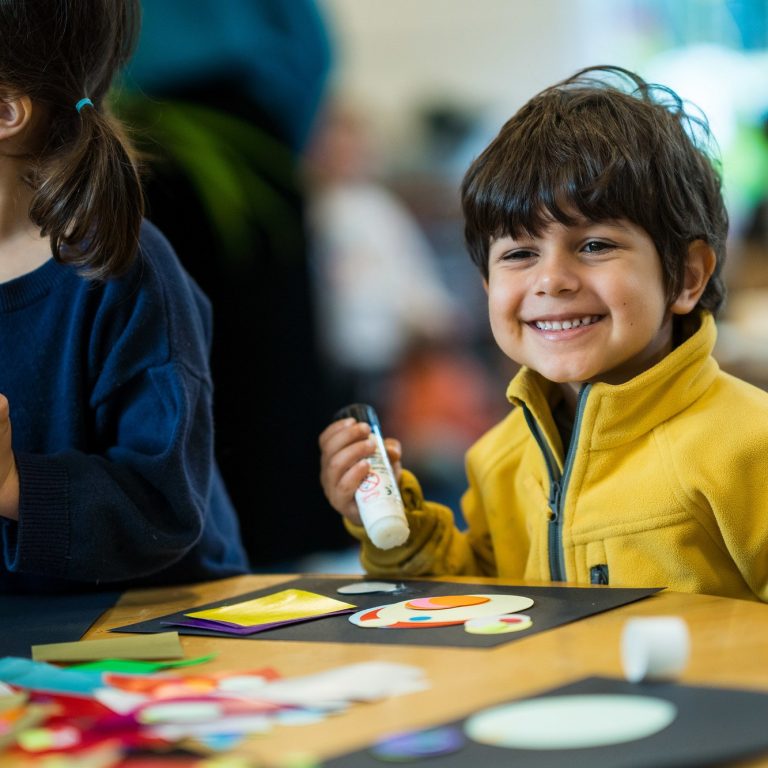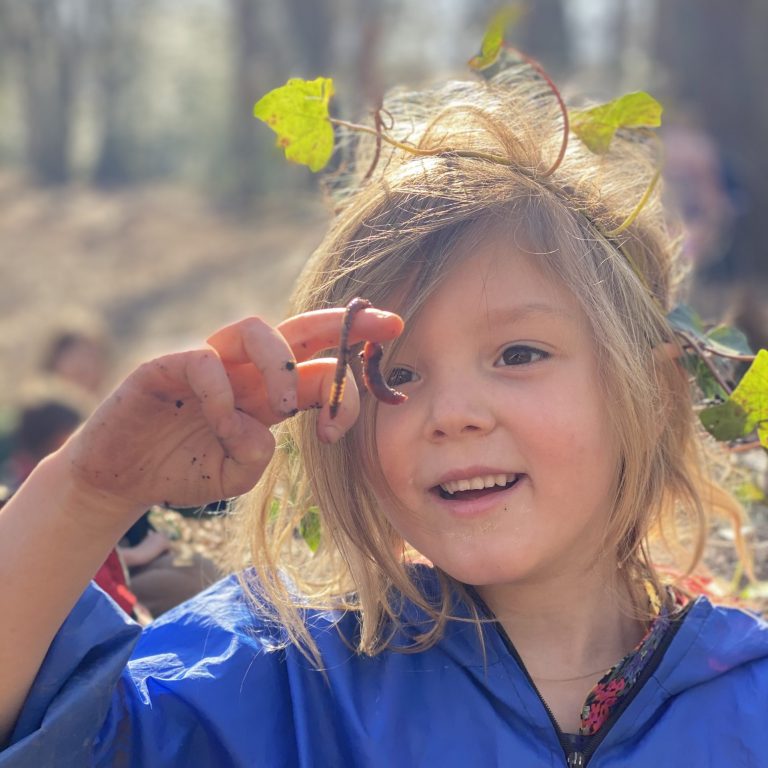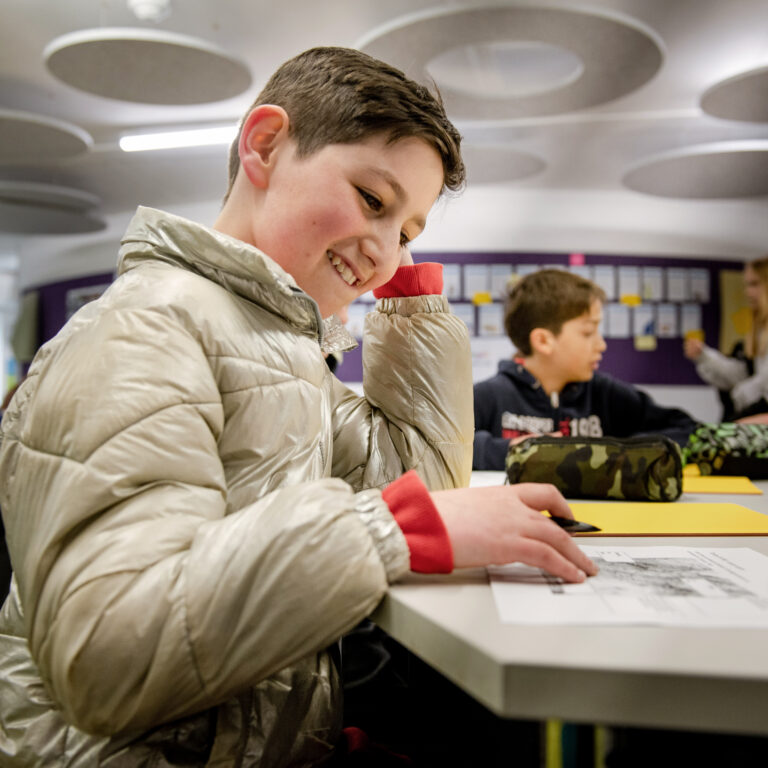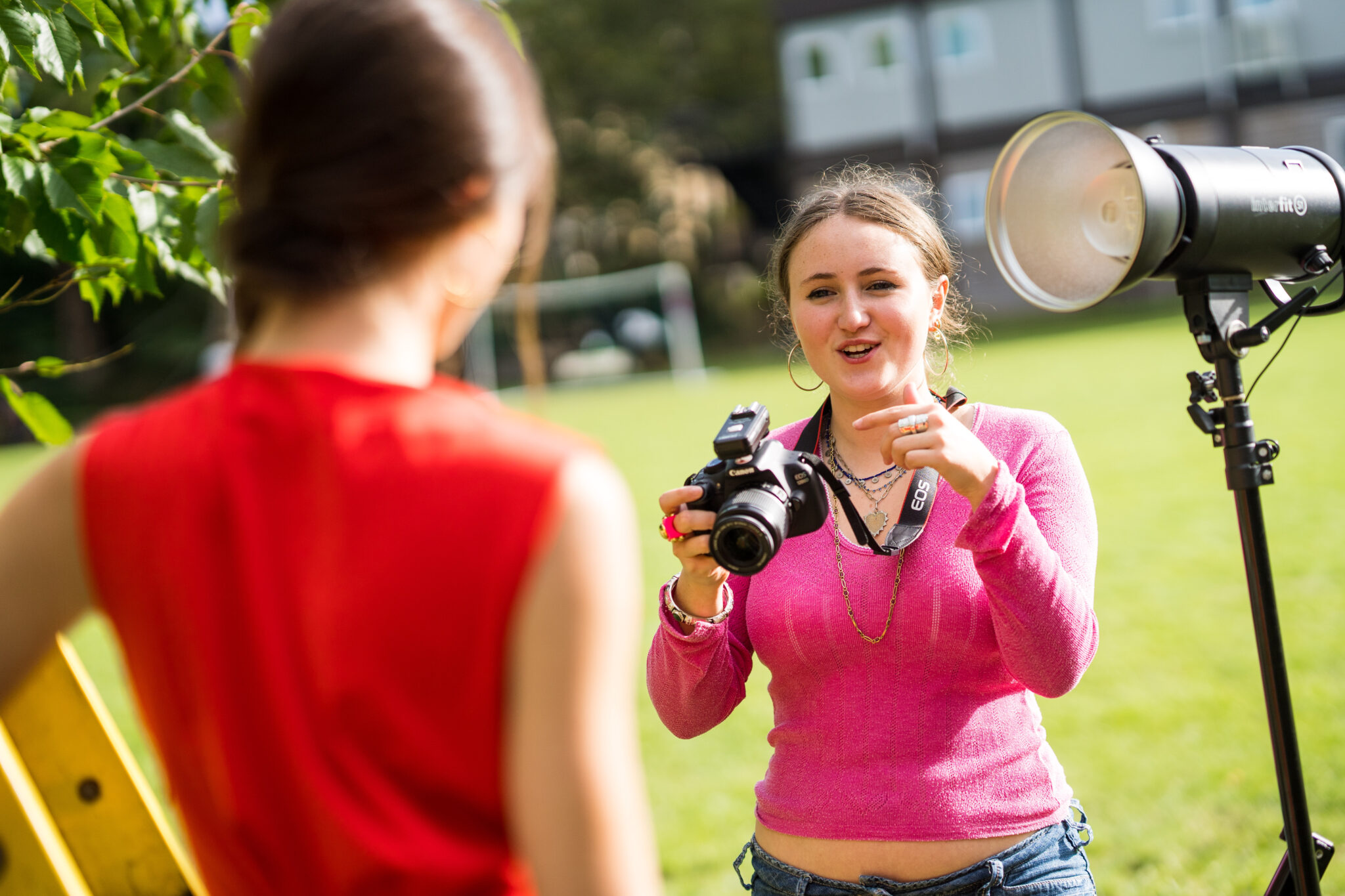Head’s Blog – AGM Speech 2023
8th February 23
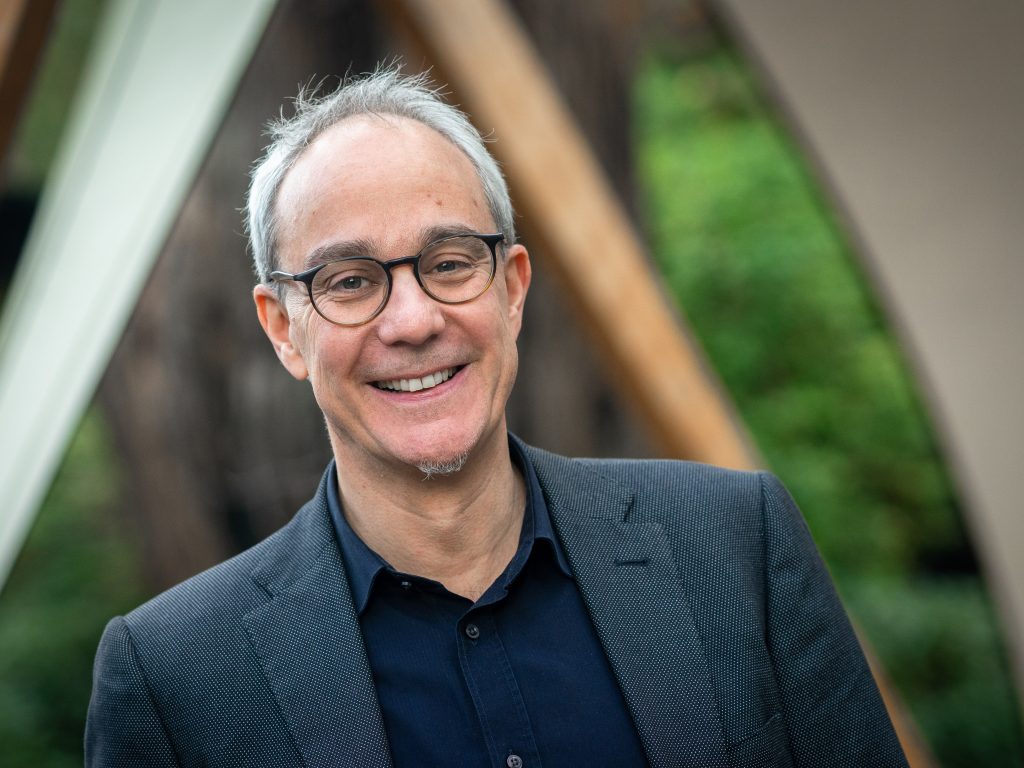
If you’d rather watch or listen to Robert’s speech – a recording is available at the bottom of this page
1898 was an auspicious year for beginnings. In the world of literature, it gave birth to CS Lewis and Bertol Brecht, in the world of art, Henry Moore and Tamara de Lempicka, in the world of music, Paul Robeson and George Gershwin. In the field of acting, it saw the arrival of Lillian Gish, Lettie Leyna, and Gracie Fields, whilst in engineering, an infant Enzo Ferrari.
As well as people, 1898 saw the arrival of Pepsi Cola, the discovery of radium by Marie and Pierre Curie, and the publication of J’accuse by Emile Zola, revealing the injustices of the Dreyfus affair for which he was subsequently imprisoned. Educational institutions such as the University of East London and the Liverpool school of Tropical Medicine were born, whilst Portsmouth, for better or worse, finally got a football team.
Within this creative firmament there was of course one more auspicious birth – King Alfred School. Located initially in Ellerdale Road in Hampstead it got off to star-studded start – being opened by no lesser person than Millicent Fawcett, the leader of the women’s suffrage movement. She campaigned for women to have the vote within the law in contrast to the suffragettes led by the Pankhurst’s who at times operated outside the law, and in 2018 she topped a BBC Radio 4 poll for the most influential women of the last 100 years. She also happened to be the sister of Elizabeth Garrett Anderson, Britain’s first officially qualified female doctor.
Women were very much at the heart of the original KAS mission. Two in particular were the driving force, Alice Mullins and Isobel White Wallace (I am very grateful to Kara for discovering her grave in Highgate cemetery). These two women represented the twin pillars of the project – rationality and individuality. Isobel White Wallace came from a scientific background and was married to a well-known scientist of the time; she believed in the power of reason to sweep away dusty tradition and re-make the world anew. Alice Mullins meanwhile was a sculptor, and married to Roscoe Mullins, also a sculptor; she believed in the power of creativity and individual expression. That combination of rigorous thought and free spirit has been at the heart of KAS ever since.
As we are all familiar, the founders were profoundly concerned by the way schools had evolved in industrialised late Victorian Britain. They despaired at the authoritarian culture and overemphasis on exams, the unnatural separation of the sexes, and the unquestioning veneration for religion. In the words of Isobel White Wallace, schools “minted young people into pieces like coinage.”
They hoped to create a very different kind of education: one where their sons and daughters would work together, one that was that was unattached to any religion, and one which took into account the ideas of contemporary educational reformers. Subjects would be interlinked, homework limited, leisure and play essential, and no scholarships or prizes awarded, for learning for its own sake was the aim. Each child would be enabled to grow into their own unique self, nurturing their confidence, curiosity, and character.
They had much in common with the idealism of the Garden City movement pioneered by Henrietta Barnett, whose husband, Canon Samuel Barnett, was on the KAS Council for a brief period. It was only six years later that Hampstead Garden Suburb opened and many KAS families came and have always come from here. It is no coincidence that there were plans to open a similar school to KAS in the Garden City at Letchworth. This was a time of optimism about what society could be, and the school was an integral part of their vision for a freer, more humane, more joyful world.
It would be no exaggeration therefore to say that the original founders had radical fire in their bellies. They were ideologically driven and formidable. Translating this passion into reality however was not always as straightforward as they imagined.
The first Head, Charles E. Rice, was appointed in 1898 having previously worked at Bedales. His tenure was both unhappy and brief. There were fierce arguments about the direction of travel, especially about age-ranges, and he and the school parted ways after two years.
He was replaced by John Russell, who came from the more traditional UCS. Set up as an adjunct to UCL, it championed Benthamite rationality and was often characterised as ‘Godless’ by its critics. John Russell is seen by many as the person who moved KAS beyond an experiment into a recognisable school. He understood that sufficient pupil numbers were required to operate, which in turn required a broader group of parents to buy into the school’s vision. Despite some disquiet, he introduced a structured and broadly traditional curriculum, ensured that pupils were prepared for exams, and oversaw an orderly environment.
At the same time, there was a strong commitment to nurturing each individual, positive supportive relationships between students and staff, the opportunity for practical work alongside academic studies, a recognition of the importance of ‘recreation’ or play, and a culture of listening to and valuing the contributions of young people. This formula came to define KAS – one foot in pragmatic reality, and the other in progressive idealism. With a little skill and good fortune, Russel showed that it was possible to have both.
The 1920s and 30s saw a far more progressive curriculum embedded into the day-to-day life of the school. Imported from America, the Dalton Plan gave a great deal of freedom to students. It was based on a learning contract between pupil and teacher. Pupils pursued subjects in the order that they chose and could decide which classrooms to go to at all points of the day. They completed tasks which made up ‘stages’ at their own pace and direction, and then were accountable for the progress they made. All afternoons were spent on learning for its own sake. They chose which sessions to go to, and the legacy of this structure continues to this day through Choice on Wednesday and Friday.
After World War Two, expectations shifted, and the new Head, Montgomery, or Monty as he was known, recalibrated. During this period, the Dalton plan fell away and was replaced by a more conventional curriculum reminiscent of the Russel era. There was greater emphasis on exam preparation and a little less emphasis on freedoms. As the scale of the school increased, so did the level of organisation required to make everything function smoothly. Critically, KAS kept its informal relationships, its rich cultural programme, and its powerful sense of being a nurturing community. Hearing the memories of pupils from that time, there was no doubt that KAS still felt vastly different to pretty much anywhere else.
The 1960s and 70s saw once again modifications. In an era of freedom and experimentation, what should be the role of a progressive school? There were long and sometimes tortuous debates about the ‘ethos’ as the school sought to define its identity when many state schools were adapting forward-thinking practices. Indeed, many became more radical than KAS, where the line between progressiveness and permissiveness at times could become blurred.
In time honoured fashion this was followed by a period of rebalancing. Just as during the eras of Russell and Montgomery, under Francis Moran, who came from Eton, a new formula was struck between pragmatism and ideology. To make the school attractive to a wider range of families, an environment was created where exams were given a higher priority and stronger boundaries were once again established. Simultaneously, there was the traditional KAS emphasis on the development of the individual, all within a relaxed and harmonious school culture.
So, where does this leave us today? How are we adapting to the times and navigating the inherent dilemmas of being a progressive school?
Are we in a phase of pragmatism or experimentation? How well are we making the ethos work? How are we squaring that circle that so many others have had to grapple with over the last 125 years?
Well, we are at a moment of educational reform.
For the first time since the Dalton plan in the 1930s, our curriculum structure for older students embeds educational idealism.
In years 6 to 8 for example, explorations are up and running. Embracing interdisciplinarity, enquiry methodology, explicit skills development and individual choice, they provide a quite different experience to ‘conventional’ lessons, and echo elements of the Dalton plan. They are integrated into the fabric of the timetable and the site. In Year 7, they make up almost a third of the week and specially trained staff have been specifically appointed to fill the roles. This is no tokenistic nod to progressive practices or the layering of something progressive on top of a conventional approach – it is embedding our beliefs about what education can and should be into the day-to-day fabric of the school.
Similarly, in years 9 to 11, we are also moving away from the norm for the first time for at least half-a-century. We are creating our own SDCs – school directed courses – which will break free of the shackles of the reductionist GCSE curriculum that dictates the life of 15 and 16 years olds across the country. These courses embrace a holistic appeal to content, either by breaking down the silos between subjects or by enabling greater diversity of texts and topics. They have a broader approach to assessment allowing students to demonstrate what they can do through a range of tasks rather than solely focusing on the high stakes ‘penalty shootout’ of exams. And most importantly, they encourage young people to think for themselves. Original thinking is a positive disadvantage within the GCSE system. Work is only rewarded for matching the rigid standardised marking rubric – not my, or I am sure your, definition of an excellent education.
In the Lower School, enquiry methodology, based on an integrated framework linking skills, attributes and knowledge has taken root. It is wonderful to see children as young as five talk about their progress, their learning and their thinking, and having the opportunity to explore the world through play and make links and connections between subjects areas and their own passions. Much of the change in the Upper School is driven by this, for who wants their learning to be put back into a strong box when you have tasted freedom.
There is however an important dimension to all these reforms which is how, in our 125-anniversary year, we seek to square the circle.
Alongside these progressive practices, sit other elements that are more recognisably mainstream. In the Lower School, enquiry sits alongside the Maths Mastery programme. In Year 7, the two days a week of enquiry-based learning sit alongside three days of a conventional timetable. In Years 10 and 11, everyone will have a core of GCSEs that sit alongside the more expansive SDCs.
This is literally having one foot firmly planted in our progressive ideology; and one foot in the reality of contemporary North London.
Bringing about any rebalancing is not easy. Any change process demands energy, resources, and creates unavoidable anxiety and stress. Things do not always go perfectly, and critics seize upon blips as evidence that the whole enterprise is doomed to failure.
So, why do this then?
In part because of the radicalism of our founders. We want to be true to their ideals and fulfil the aspirations encoded in our legal articles. This however is not really the reason. We do not want to innovate for innovations sake; instead, we want to innovate because this is what our children and young people need to be successful in today’s world.
We now live in the era of Chat GTP. Is learning quotes or dates or formulae going to cut it in a world where a free app on our phones can produce long and sophisticated answers which can pass university exams? Is producing answers that meet narrow criteria going to lead to the creative thinking, communication and collaboration skills required to find answers to pressing problems such a climate change, sustainability or inequality? We need our young people to be ready to meet the challenges that lie before them, and looking back on my 32 years in the profession, I only become ever more certain that only an education founded on the principle of rigorous thought and free spirit is going to achieve this.
Contrary to the way some critics may see it, this offer is the opposite of easy. We expect more from our young people because they have to think for themselves. They have to manage their learning and learn how to collaborate with others to benefit the whole. These are the foundational skills they will require to lead happy and fulfilling lives, and to improve the world, it is up to us as educators to nurture this.
More and more people are coming to realise that this is what is needed. They increasingly see the limitations of the conventional system and want greater ambition for their children.
We see this here in the growing demand for places, and in the numbers of visitors – from this country and abroad – who want to see first-hand what we do. We see it too in the growth of our partnerships with other schools – both State and independent – who want to collaborate with us to take this agenda forward. If ever there was a time for KAS’s philosophy, then that time is now.
Returning to our founders, they operated in the same social and intellectual circles as many other well-known luminaries of the time. This included HG Wells who almost certainly knew people associated with KAS. He was a leading member of the Fabian Society and had strong connections to the local area – both he and his wife were cremated in Golders Green crematorium.
In 1895, he published his revolutionary Novella the Time Machine. Imagine, for a moment, our founders – Alice and Isobel – climbing into his famous contraption and fast forwarding 125 years – what would they make of KAS today?
Well, I believe that they would have been immensely proud.
Proud of the impact their vision had had on so many hundreds of lives over five generations.
Proud that their beliefs in rigorous thought and free spirit were still alive and kicking.
Proud that their passion to create a freer, more humane, more joyful world still shone brightly.
And, proud that their School had flourished for 125 years, and that it had never been in a stronger position to thrive for a further 125 years into the future.



